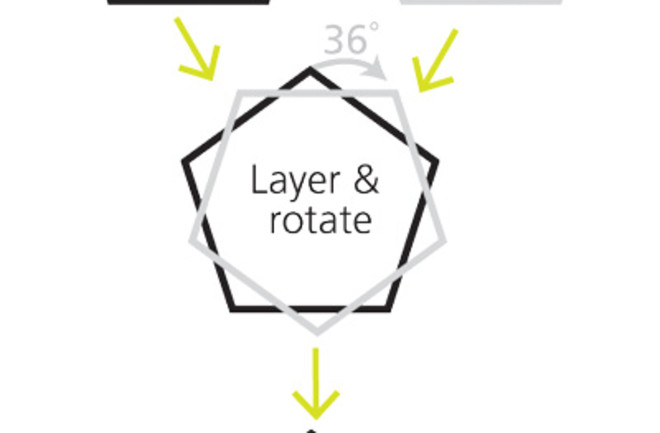Though math and art may seem like complete opposites, for some artists, mathematics actually provides a rich vein of ideas for an artist to tap. And, conversely, exploring those ideas artistically can offer new insights into the mathematics involved. This fusion can result in deeply beautiful and meaningful objects like the ones you’ll see here, our favorites from competitive displays at recent Joint Mathematics Meetings, which bring together thousands of mathematically inclined individuals.
Hyperbolic Lamp Shade
Crochet, 24" x 24"
Gabriele Meyer’sHyperbolic Lamp Shade is the physical manifestation of the solution to a 2,000-year-old mathematical conundrum.
From extraordinarily simple, apparently unassailable assumptions called axioms (such as “Things that are equal to the same thing are also equal to one another”), Greek mathematician Euclid deduced surprising truths that seemed to apply unfailingly to the real world. But for centuries, one of the axioms he built his geometry on — one far more complex than the others — bugged mathematicians. To understand it, imagine a straight line and any point not on that line. Is it possible to draw a line through the point that is parallel to the given one? The axiom says yes, but only one such line could exist.

